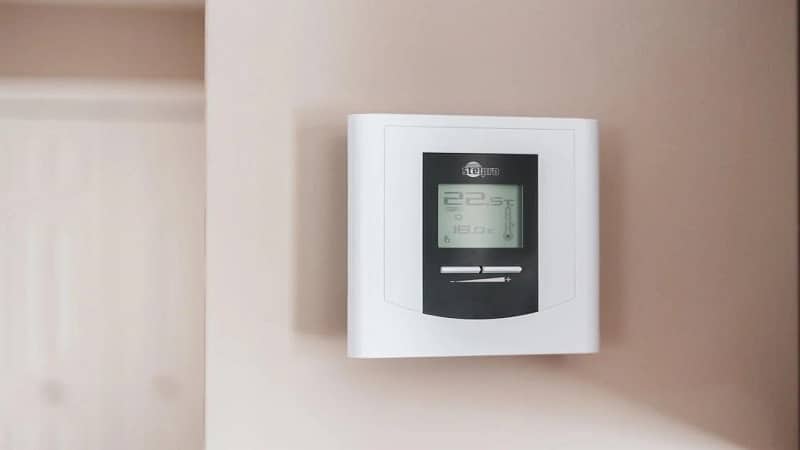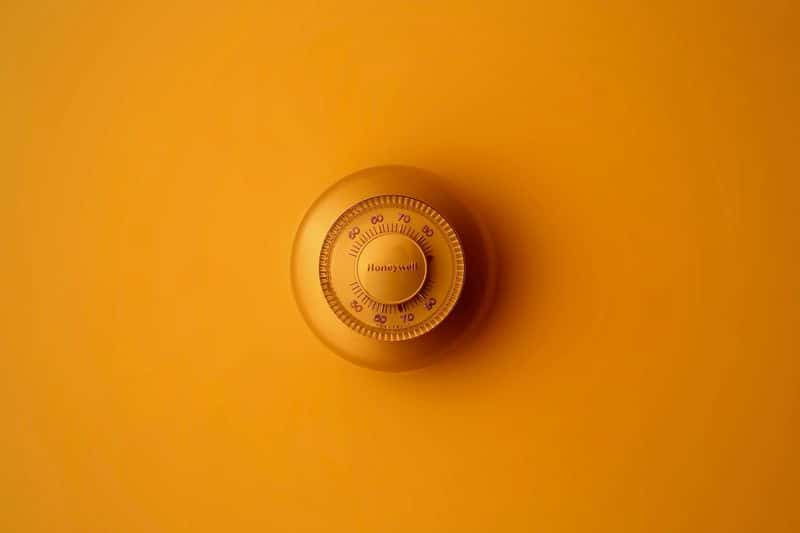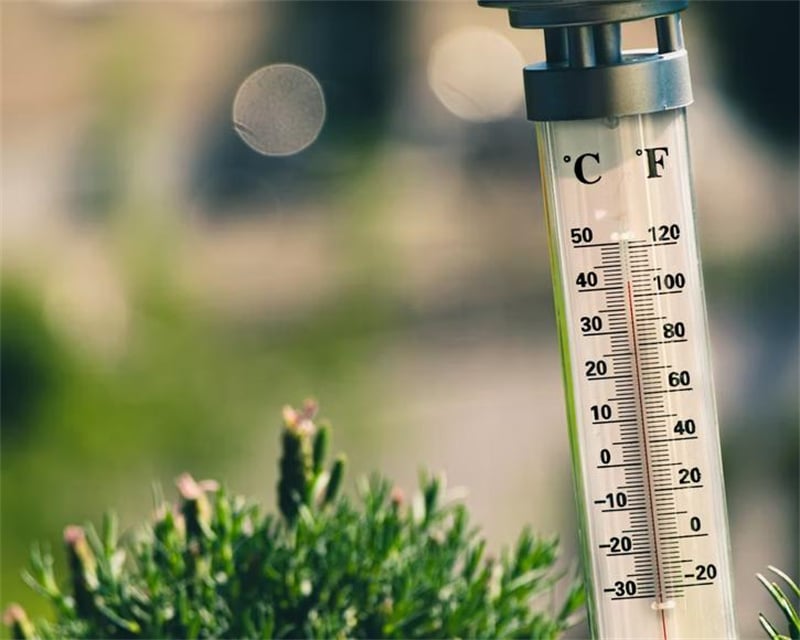
Thermostats have been around for a long time and are an important part of many homes. They are used to control the temperature in a room or building. But how do they work? In this blog post, we will discuss the basics of thermostats and how they operate.
Understanding thermostats – Everything you should know about them
Thermostats are one of the most commonly used devices in our homes, but how many of us actually know how they work? In this post, we will discuss some of the different types that are available on the market today. Furthermore, we will also discuss things like changing the settings from Celsius to Fahrenheit and the importance of regular maintenance.
On the other hand, thermostats work by sensing the temperature in a room and then controlling the flow of heat to maintain that temperature. They are usually located on an interior wall so that they can get an accurate reading of the room's temperature. They have been around for a long time and are an important part of many homes.
The basic components of a thermostat

All thermostats have three main components: a sensor, a control system, and an actuator. The sensor is responsible for detecting the temperature in the room. The control system then turns the heat on or off based on the reading from the sensor.
The actuator is responsible for opening or closing the vents to let more or less heat into the room. Moreover, many thermostats also have a fan switch that can be used to turn the fan on or off.
Changing the settings to your liking
Most thermostats come with two different settings: Celsius and Fahrenheit. You can usually change the setting by pressing a button on the thermostat. If you're not sure how to change the setting, consult your owner's manual.
It's important to note that some thermostats may have a different default setting depending on where you live. Furthermore, you should also check the battery level on your thermostat regularly. If the battery level is low, the thermostat may not work properly.
The different types of thermostats available today
There are a few different types of thermostats available on the market today. The most common type is the mechanical thermostat. These thermostats use a mercury-filled glass tube and a bi-metallic coil to detect temperature changes.
They are very accurate but can be difficult to calibrate. Another type of thermostat is the digital thermostat. These thermostats use a digital sensor to detect temperature changes. They are very easy to use and read but can be less accurate than mechanical thermostats.
How a thermostat senses temperature
Thermostats sense temperature in one of two ways: through a liquid-filled tube or a digital sensor. Mechanical thermostats use a mercury-filled glass tube to detect temperature changes. The mercury expands as the temperature increases and contracts as the temperature decreases.
This expansion and contraction cause the bi-metallic coil to bend, which opens or closes the vents. Digital thermostats use a digital sensor to detect temperature changes. The sensor is usually located on the interior wall of the thermostat. It uses an electric current to measure the temperature in the room.

The importance of regular maintenance
It's important to regularly clean and maintain your thermostat to ensure that it is working properly. You should dust the exterior of the thermostat and vacuum the vents to remove any dirt or debris. You should also check the battery level on a regular basis.
If the battery level is low, you should, logically, change those batteries and fix the issue. Finally, you should calibrate your thermostat regularly to ensure accuracy. Maintaining your thermostat will help prolong its life and ensure that it is working properly. Moreover, it will help you save money on your energy bill.
How a thermostat controls the flow of heat
Thermostats control the flow of heat by opening or closing the vents. When the thermostat senses that the room temperature is too low, it will open the vents to let more heat into the room. When the thermostat senses that the room temperature is too high, it will close the vents to let less heat into the room. In addition, many thermostats also have a fan switch that can be used to turn the fan on or off.
In conclusion, understanding how thermostats work is important for maintaining a comfortable temperature in your home. Thermostats have three main components: a sensor, a control system, and an actuator. The sensor is responsible for detecting the temperature in the room.
The control system then turns the heat on or off based on the reading from the sensor. The actuator is responsible for opening or closing the vents. Thermostats can be either mechanical or digital. Mechanical thermostats use a mercury-filled glass tube to detect temperature changes, while digital thermostats use a digital sensor.
It's important to regularly clean and maintain your thermostat to ensure that it is working properly. Maintaining your thermostat will help prolong its life and ensure that it is working properly. Moreover, it will help you save money on your energy bill.










